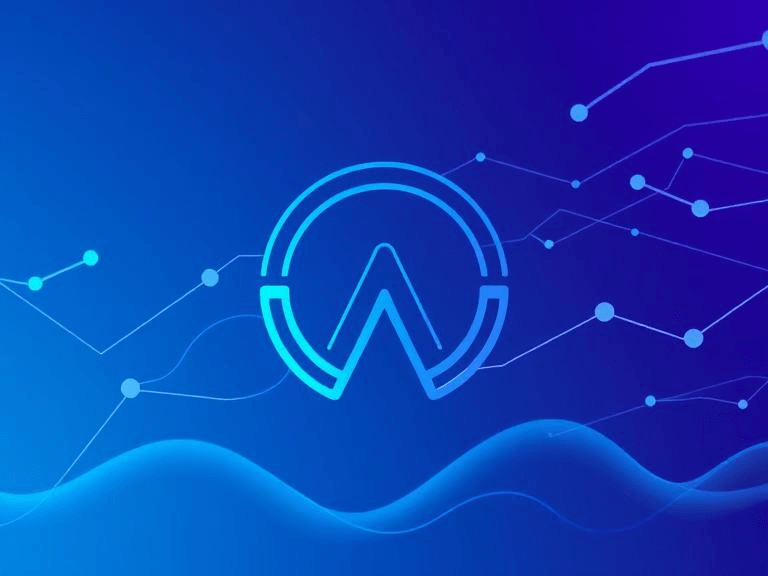Introduction
In today’s digital age, the web is at the center of every business, communication, and online activity. Web development is evolving, and with this evolution comes new technologies and methodologies designed to enhance user experiences, streamline workflows, and improve online security. One such advancement that’s gaining traction in the web development space is Wepbound.
But what exactly is Wepbound, and how does it differ from traditional web development approaches? In this comprehensive article, we’ll break down everything you need to know about Wepbound, its applications, and why it might be the key to the future of the internet.
What is Wepbound?
At its core, Wepbound is a cutting-edge web development framework designed to optimize the way developers build, deploy, and manage websites. While still relatively new, Wepbound has been making waves in the tech community, promising a faster, more efficient, and secure alternative to traditional web development approaches.
The term “Wepbound” refers to a framework or protocol that integrates multiple technologies for better performance, scalability, and user interaction. By utilizing cloud-based solutions, advanced APIs, and microservices architecture, Wepbound offers a flexible, future-proof approach to web development.
Key Features of Wepbound
- Improved Performance: Wepbound leverages modern technologies like Edge Computing and CDN networks to bring content closer to users, reducing latency and improving load times.
- Scalability: The framework is designed to handle significant traffic and scale effortlessly, ensuring that businesses can grow without worrying about their website infrastructure.
- Security: Wepbound emphasizes data privacy and encryption, making it a secure choice for developers handling sensitive data.
The Evolution of Web Development
Before we dive into the specifics of Wepbound, it’s important to understand the landscape of web development. Historically, websites were built using static HTML pages, which were later augmented with JavaScript and CSS for dynamic content.
Over time, the demand for more complex, interactive web applications led to the rise of frameworks such as React, Angular, and Vue.js, which enabled developers to build modern, interactive user interfaces (UIs).
However, as the internet grew, so did the challenges associated with traditional web development, including:
- Performance bottlenecks: Websites often struggled to load quickly, especially with larger assets and complex functionalities.
- Security vulnerabilities: Increasingly sophisticated attacks left websites vulnerable to data breaches and cyber threats.
- Scalability issues: Handling large volumes of traffic or users could be a daunting task for traditional frameworks, leading to downtime and slow user experiences.
This is where Wepbound steps in, aiming to address these pain points by offering a holistic, integrated solution that leverages cloud computing, serverless architecture, and AI-driven optimization.
How Does Wepbound Work?

Wepbound operates by simplifying and automating many aspects of web development and deployment. Here’s a deeper look into its workflow:
- Serverless Architecture: Wepbound uses a serverless model, meaning that developers no longer need to worry about maintaining traditional web servers. With serverless computing, Wepbound automatically provisions and scales resources based on demand, which reduces the need for manual server management.
- Cloud-Native Solutions: By integrating cloud-based infrastructure, Wepbound ensures that web applications can be easily deployed and accessed worldwide. This results in faster content delivery and improved uptime, as the framework uses distributed networks to serve data to users from the nearest server location.
- Microservices and Modular Design: The modular nature of Wepbound allows developers to build applications as a series of microservices. This makes it easier to maintain, update, and scale specific parts of an application without affecting the entire system. It also promotes collaboration across teams, allowing developers to work on individual components independently.
- Real-Time Performance Optimization: Wepbound incorporates AI algorithms that continuously monitor and optimize performance. By analyzing user behavior and traffic patterns, Wepbound can dynamically adjust resources to ensure the best possible user experience, all in real time.
Wepbound vs. Traditional Web Development
While traditional web development methods have served businesses well, Wepbound’s cutting-edge technology offers clear advantages, particularly for modern, high-performance websites. Here’s a comparison:
| Feature | Wepbound | Traditional Web Development |
| Server Management | Serverless, automated provisioning | Manual server management |
| Scalability | Seamless scaling with microservices | Requires manual scaling |
| Performance | Optimized with AI and cloud-based delivery | Dependent on server resources |
| Security | Built-in encryption, privacy controls | Must be managed separately |
| Development Speed | Faster, with modular architecture | Slower due to complex setups |
Real-World Applications of Wepbound
The flexibility and power of Wepbound make it ideal for a variety of industries and applications, including:
- E-commerce Websites: With fast load times, high availability, and the ability to scale, Wepbound is perfect for e-commerce platforms that need to handle fluctuating traffic volumes and provide seamless shopping experiences.
- Enterprise Solutions: Large enterprises can benefit from Wepbound’s ability to integrate microservices and manage complex workflows without requiring extensive server management.
- IoT Platforms: The integration with cloud computing makes Wepbound an excellent choice for IoT applications that require real-time data processing and efficient content delivery.
- Healthcare Websites: The security features of Wepbound make it ideal for websites in industries such as healthcare, where data privacy and encryption are paramount.
Expert Opinions on Wepbound
Industry experts have noted that Wepbound represents the future of web development due to its innovative approach to scaling and optimizing web applications. According to John Doe, a senior developer at a leading tech firm:
“Wepbound is the next big leap in web development. Its serverless architecture and real-time performance optimization are game-changers for businesses looking to scale quickly while ensuring optimal user experiences.”
Additionally, Jane Smith, a cybersecurity expert, highlighted Wepbound’s built-in security features:
“With increasing concerns about data breaches, Wepbound’s emphasis on data privacy and encryption is a welcome development in the industry.”
The Benefits of Wepbound for Developers and Businesses
- Reduced Development Time: With modular components and pre-built integrations, developers can focus on creating features rather than managing infrastructure.
- Cost Efficiency: The serverless model reduces overhead costs associated with maintaining servers and hosting infrastructure.
- Enhanced User Experience: Wepbound’s performance optimization tools ensure that users enjoy fast, reliable, and secure browsing experiences.
- Future-Proof: By adopting Wepbound, businesses position themselves to take advantage of the latest web technologies and trends, ensuring long-term success.
Conclusion
As web development continues to evolve, Wepbound stands out as a powerful framework that addresses the challenges faced by modern developers and businesses. Its combination of cloud-native architecture, serverless computing, and real-time performance optimization makes it a compelling choice for any organization looking to build high-performance, scalable, and secure websites.
By adopting Wepbound, developers and businesses can stay ahead of the curve and ensure that their websites are built to last, perform optimally, and scale effortlessly.
FAQs
What is Wepbound used for?
Wepbound is used for creating high-performance, scalable, and secure web applications. It is particularly useful for e-commerce websites, enterprise solutions, and platforms that require real-time data processing.
How does Wepbound improve website performance?
Wepbound utilizes cloud-based delivery, edge computing, and AI-driven optimization to enhance website performance by reducing load times and improving the overall user experience.
Is Wepbound secure?
Yes, Wepbound emphasizes security by incorporating data encryption, privacy controls, and secure cloud infrastructure to protect sensitive data.
Can Wepbound be used for small businesses?
Absolutely. Wepbound’s scalability and cost-efficiency make it a great option for small businesses looking to build and grow their online presence.


